Chau Doc
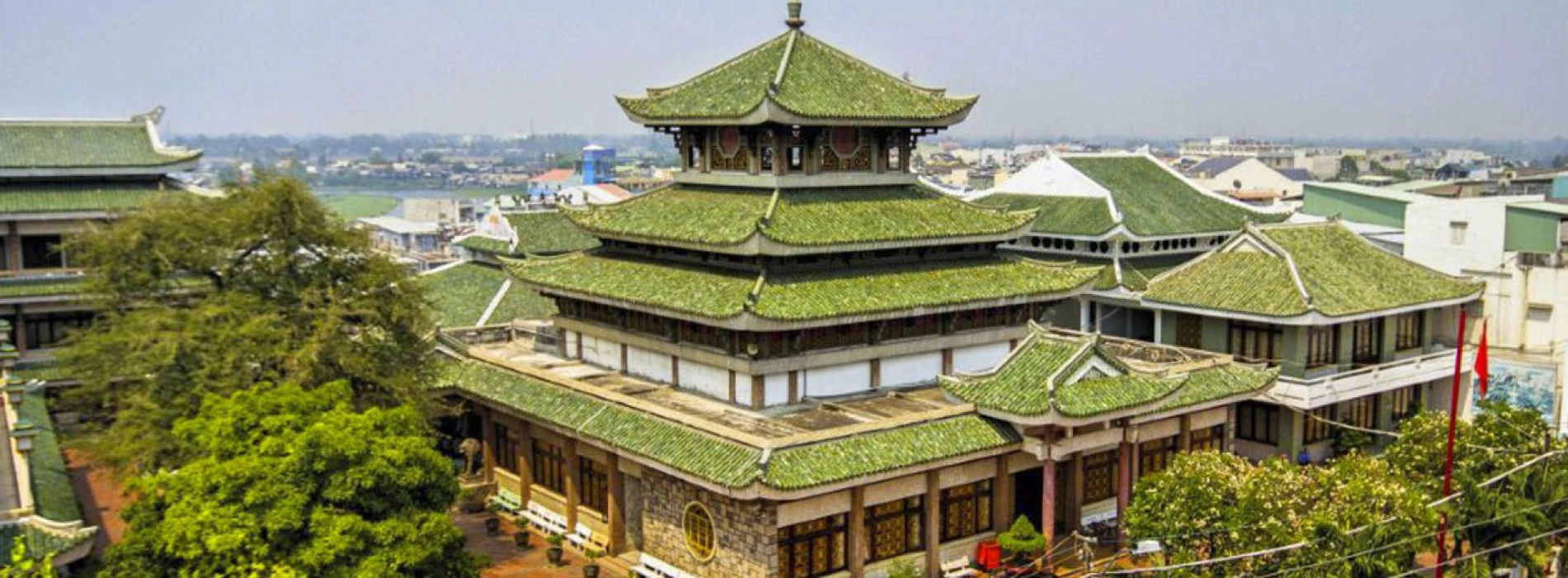
Chau Doc's allure extends beyond its sacred landmarks, inviting visitors to witness the ebb and flow of life on its vibrant waterways. The city's famed floating markets are a sensory delight, a symphony of colors and sounds as vendors traverse the river in their boats, laden with fresh produce and local wares. Here, the cultural diversity of Chau Doc truly comes to life as the Kinh, Cham, and Khmer people engage in lively exchanges, a vibrant reflection of their shared history and traditions.
The history of Chau Doc unfolds as a captivating chronicle of cultural fusion, strategic importance, and resilience that has been shaped by the currents of time and the interplay of civilizations. Rooted in ancient times, the region was inhabited by indigenous communities whose lives were intricately woven with the fertile lands and intricate waterways of the Mekong Delta. As trade routes expanded and civilizations flourished, Chau Doc became a junction of Champa and Khmer influences, infusing the city with a diverse cultural heritage that endures to this day.
With the arrival of European colonial powers in the 19th century, Chau Doc's significance heightened as it evolved into a vital trading center under French rule. The city's landscape transformed as colonial architecture and infrastructure emerged, weaving a new layer into its historical fabric. Religious institutions such as the Tay An Pagoda, founded in the late 1800s, stand as living relics, embodying the harmonious convergence of Buddhism, Hinduism, and indigenous beliefs.
In recent decades, Chau Doc has emerged as a burgeoning destination for travelers seeking an authentic exploration of the Mekong Delta. Its rich history, combined with the allure of its natural landscapes and the enchantment of its floating villages, draws visitors from across the globe. The city's evolution into a hub of sustainable tourism encapsulates its ongoing narrative of adaptability and growth, ensuring that the tale of Chau Doc continues to unfold, captivating generations with its layers of heritage and promise of tomorrow.
1. Sam Mountain: A spiritual and scenic gem, Sam Mountain provides breathtaking panoramic views of the surrounding landscape. Adorned with temples, pagodas, and shrines, this sacred site is a testament to the city's cultural heritage and offers a serene retreat for reflection.
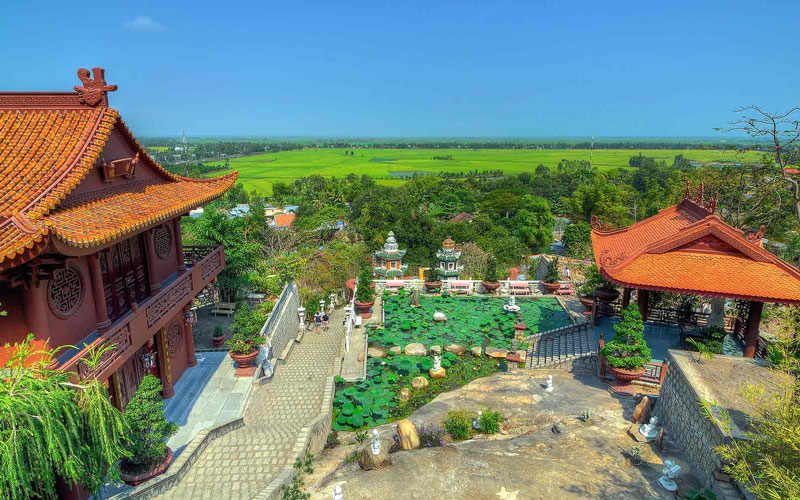
2. Tay An Pagoda: A symbol of Chau Doc's cultural diversity, Tay An Pagoda is an architectural masterpiece that harmoniously blends Vietnamese, Khmer, and Chinese influences. Its ornate design and serene atmosphere make it a must-visit landmark.
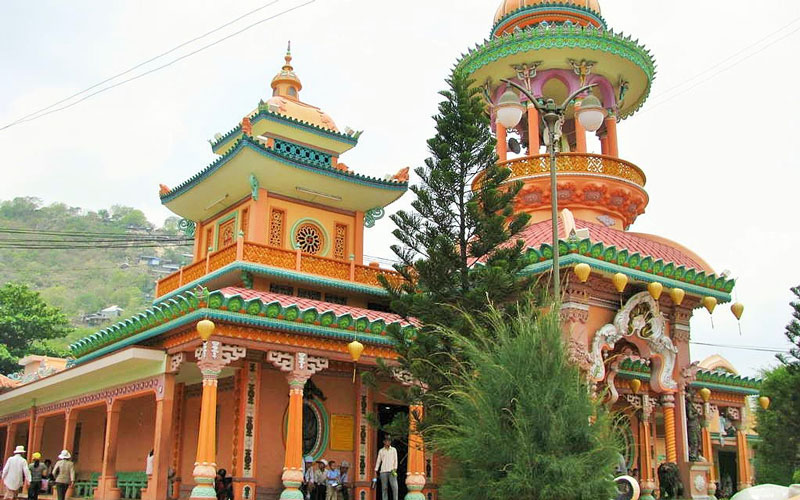
3. Chau Doc Floating Market: Immerse yourself in the vibrant tapestry of local life at the Chau Doc Floating Market. Colorful boats laden with fresh produce and goods create a lively spectacle on the Hau River, showcasing the city's bustling trade and cultural vibrancy.

4. Lady Chua Xu Temple: Located on Sam Mountain, this temple is dedicated to Lady Chua Xu, a local deity believed to bring good luck and prosperity. Pilgrims often visit the temple, especially during the annual Ba Chua Xu Festival.
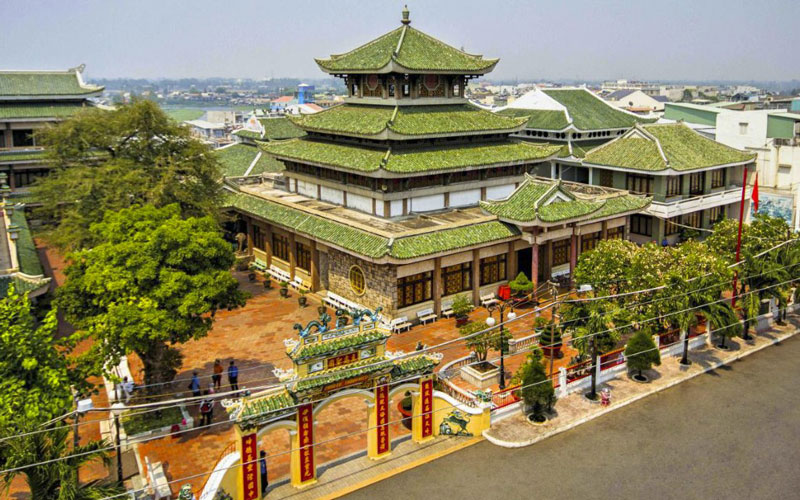
5. Tra Su Cajuput Forest: For nature enthusiasts, the Tra Su Cajuput Forest provides a serene escape into lush wetlands. Navigate through its tranquil waters, enveloped by mangrove trees, and witness the diverse wildlife that calls this enchanting ecosystem home.
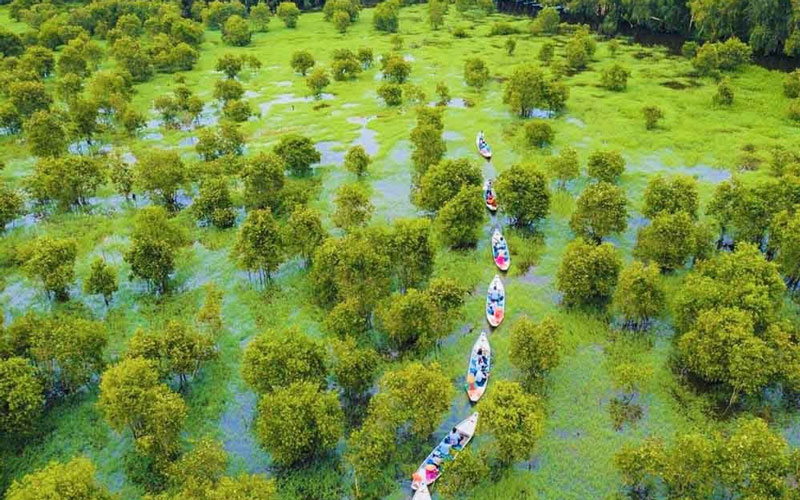 T
T
These famous places collectively capture the essence of Chau Doc's history, culture, spirituality, and natural beauty, inviting visitors to immerse themselves in a rich tapestry of experiences that define this charming Vietnamese city.
Chau Doc's weather is characterized by its location in the Mekong Delta, which experiences a tropical climate with distinct wet and dry seasons. Here's an overview of the weather you can expect in Chau Doc throughout the year:
1. Dry Season (November to April): This is considered the best time to visit Chau Doc, as the weather is relatively cooler and drier. During these months, temperatures are more comfortable, ranging from around 20°C to 30°C (68°F to 86°F). December and January are particularly pleasant, with lower humidity and less rainfall. This period is ideal for outdoor activities and exploring the city's attractions.
2. Wet Season (May to October): The wet season brings higher temperatures, humidity, and significant rainfall. Temperatures can range from 24°C to 32°C (75°F to 90°F) or higher. The heaviest rainfall typically occurs between June and August. While this period might see occasional heavy downpours and flooding, it can also offer lush green landscapes and unique photo opportunities of the Mekong Delta's flooded rice fields.
1. By Air:
The nearest major airport to Chau Doc is Can Tho International Airport (VCA), which is approximately 150 kilometers (93 miles) away. From Can Tho, you can take a bus, taxi, or private car to reach Chau Doc. Tan Son Nhat International Airport (SGN) in Ho Chi Minh City is a larger airport option, but it's farther away, around 270 kilometers (168 miles) from Chau Doc.
2. By Bus:
Chau Doc is well-connected by road, and you can find buses that operate between major cities and Chau Doc. Buses from Ho Chi Minh City, Can Tho, and other nearby towns are available. The journey time and comfort level can vary based on the type of bus you choose.
3. By Boat:
Chau Doc is situated along the Hau River, a tributary of the Mekong River. It's possible to reach Chau Doc by taking a boat from other towns in the Mekong Delta, such as Can Tho or Vinh Long. Additionally, there are speedboats that operate between Chau Doc and Phnom Penh, Cambodia, offering a scenic and unique way to cross the border.
4. By Car or Motorbike:
If you're traveling within Vietnam or from neighboring areas, you can opt for a private car or motorbike. The road network is well-developed, and you can take National Highway 91 to reach Chau Doc from Can Tho or other nearby cities.
5. By Train:
While Chau Doc doesn't have its own train station, you can take a train to nearby cities like Can Tho or Long Xuyen, and then proceed to Chau Doc by bus or taxi.
Read more: North Vietnam & Luang Prabang Border Crossing 13 days/ 12 nights